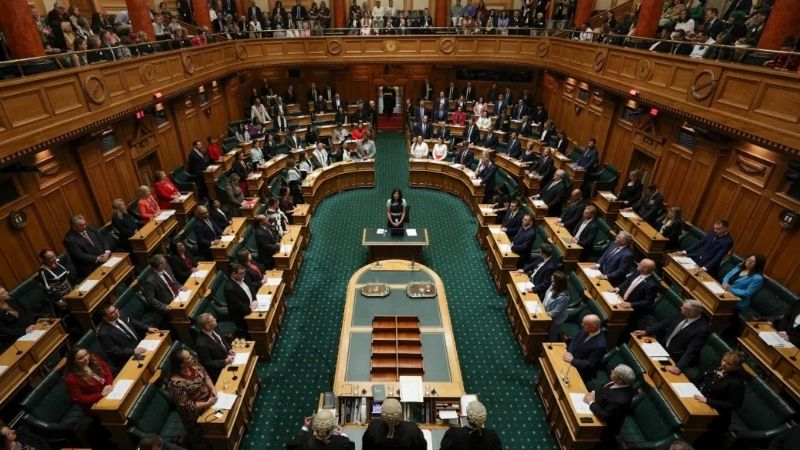In New Zealand, a land renowned for its stunning landscapes and innovative spirit, the tiny house movement is gaining momentum.
As more Kiwis turn to these compact, eco-friendly homes as a solution to the housing crisis and a pathway to a simpler lifestyle, the spotlight intensifies on the policies governing them. Advocates are now pushing for legislative evolution to accommodate this growing trend, highlighting the crucial role of policy in shaping the future of tiny house living in the country.
The legal framework surrounding tiny houses in New Zealand is complex and, at times, convoluted. The ambiguity stems from how these structures are classified: Are they buildings, necessitating compliance with the Building Act 2004, or vehicles under the Land Transport Act 1998? This classification affects everything from where a tiny house can be placed to the building codes it must adhere to.
Local council regulations add another layer of complexity, with zoning laws and district plan rules varying significantly across regions. Some councils have embraced the movement, recognizing tiny houses as a viable housing solution, while others enforce stringent regulations that can stymie their development.
Advocacy groups and tiny house enthusiasts are at the forefront, lobbying for clearer, more consistent policies that reflect the unique nature of tiny homes. They argue that current regulations are ill-suited for these innovative dwellings, often forcing owners into a grey area of compliance and hindering the movement’s growth.
The call for change is loud. Advocates are not just seeking modifications to existing laws but are championing the introduction of new policies specifically designed for tiny living. Their proposals include the establishment of a separate classification for tiny houses, streamlined building consent processes, and the implementation of national standards that acknowledge their unique requirements.
Reforming policy to support tiny houses could have widespread benefits, addressing several pressing issues facing New Zealand today. Firstly, it could significantly alleviate the housing shortage, offering affordable, sustainable alternatives to traditional homes. Additionally, it aligns with the country's environmental goals, promoting a lifestyle that reduces carbon footprints and encourages a closer connection with nature.
Clear, supportive legislation would empower more individuals to embrace tiny living without the fear of legal repercussions, fostering innovation in sustainable housing solutions and potentially sparking a tiny house revolution in urban and rural areas alike.
The future of tiny house living in New Zealand is deeply rooted in the collaboration between advocates, policymakers, and the broader community. Progressive local authorities, some of which have already begun integrating tiny houses into their housing strategies, showcase the potential for this cooperative approach. These pioneering efforts highlight that, with supportive policies in place, tiny houses have the potential to become a significant element of New Zealand’s housing landscape, offering innovative solutions to contemporary housing challenges.
The tiny house movement in New Zealand is more than a trend; it’s a reflection of a growing desire for a sustainable, financially viable, and minimalist way of life. As advocates continue to push for legislative change, their efforts underscore the essential role of policy in transforming tiny living from a niche alternative to a mainstream housing solution. The coming years will undoubtedly be pivotal, with the potential to reshape New Zealand's residential architecture landscape, making it as diverse and dynamic as the Kiwis it aims to house.


